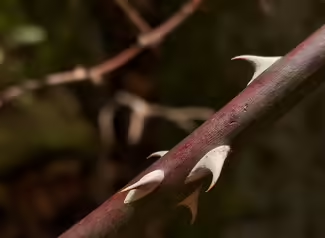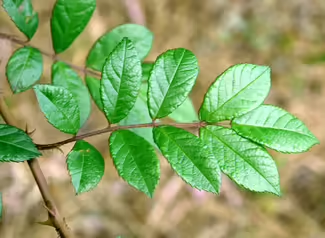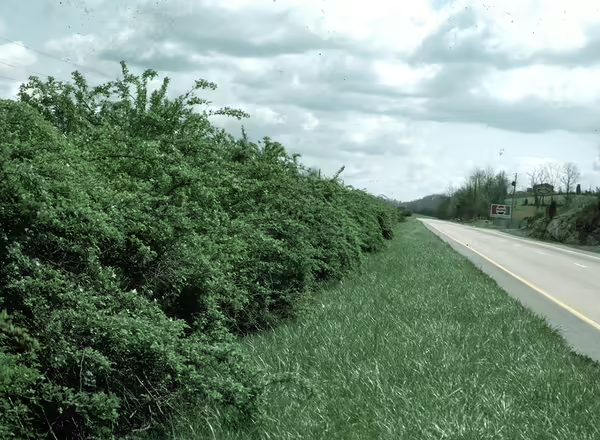
Multiflora Rose
Spreading through seed, root sprouting, and layering, multiflora rose, Rosa multiflora, does well on poor growing sites with full to moderate sunlight but tolerates a variety of sites. It is often found along forest edges, abandoned fields, and roadsides but can survive under a forest canopy as well. Seeds can remain viable in the soil seed bank for up to 20 years.
Established invasions of multiflora rose create dense thickets, crowding out native flora and preventing native plant growth underneath. It grows into an impenetrable living fence which can create barriers to movement.

Multiflora rose was brought to the U.S. in the late 1800s as rootstock for cultivated roses. Natural resource professionals then recommended planting it to prevent soil erosion, provide habitat and food for wildlife, and to act as a natural fence for livestock.
Regulation of Multiflora Rose
Multiflora rose is listed as an invasive plant in Illinois through the Illinois Exotic Weed Act.
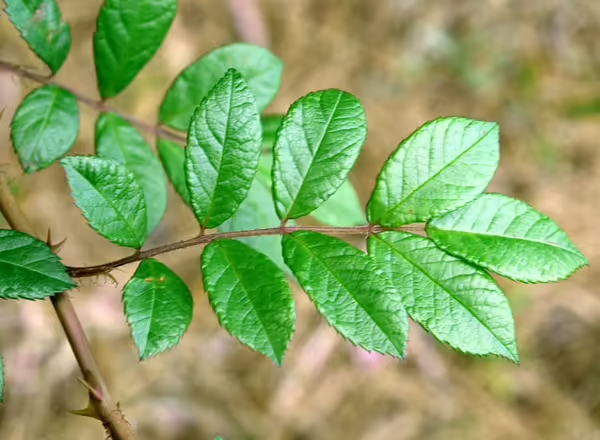
Multiflora rose is a thorn-covered shrub or vine that reaches heights of 10 feet. Its crown has a poor structure, resulting in it often laying over. Its leaves are pinnately compound with 5 to 11 toothed leaflets. At the base of the compound leaves you can find a fringed stipule, which is the easiest way to tell this rose apart from native roses. It flowers late in late spring, with clusters of five-petaled, white blooms about 1.5 inches across, Flowers develop into orange to red rosehips that are 1/4 inch wide.
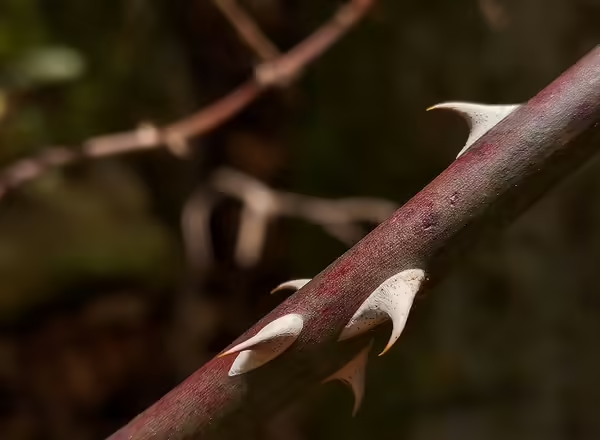
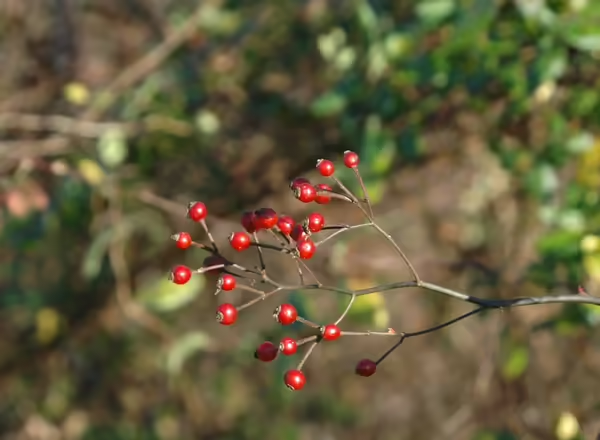
- Mechanical: Chainsaws can be used for large infestations, but may be impractical due to the difficulty in removing plants without breaking the roots, as well as the difficulty of dealing with thorns. Operate chainsaws with caution.
- Cultural: Prescribed fire will kill stems, and may kill seedlings, but older plants will likely resprout from roots. Prescribed fire may allow easier treatment of plants with herbicides by removing thorny overgrowth.
- Chemical: Apply 2% to 4% v/v glyphosate in water or 1% to 2% v/v triclopyr in water.
- Basal bark: apply a triclopyr ester formulation at a 20% v/v rate, mixed with basal oil, to the lowest 15 inches of the stem.
- Cut stump: Apply glyphosate at a 25% to 50% v/v rate in water or triclopyr amine in water or ester in oil at a 20% to 25% v/v rate within 10 minutes of cutting.
- Always read and follow the herbicide label before initiating treatment.
Presented by Ryan Pankau, Extension Educator, Horticulture Illinois forests are unique plant communities of towering trees as well as tiny, spring wildflowers. Invasive plants threaten native plant diversity in forest communities across Illinois by out-competing our natives for water, light, and...


